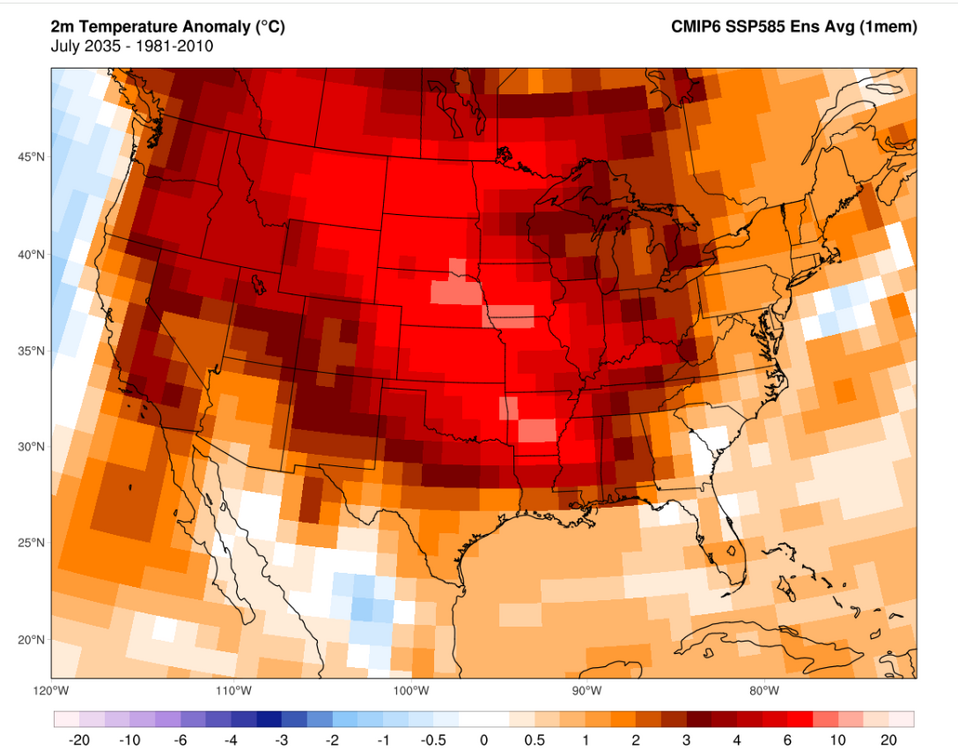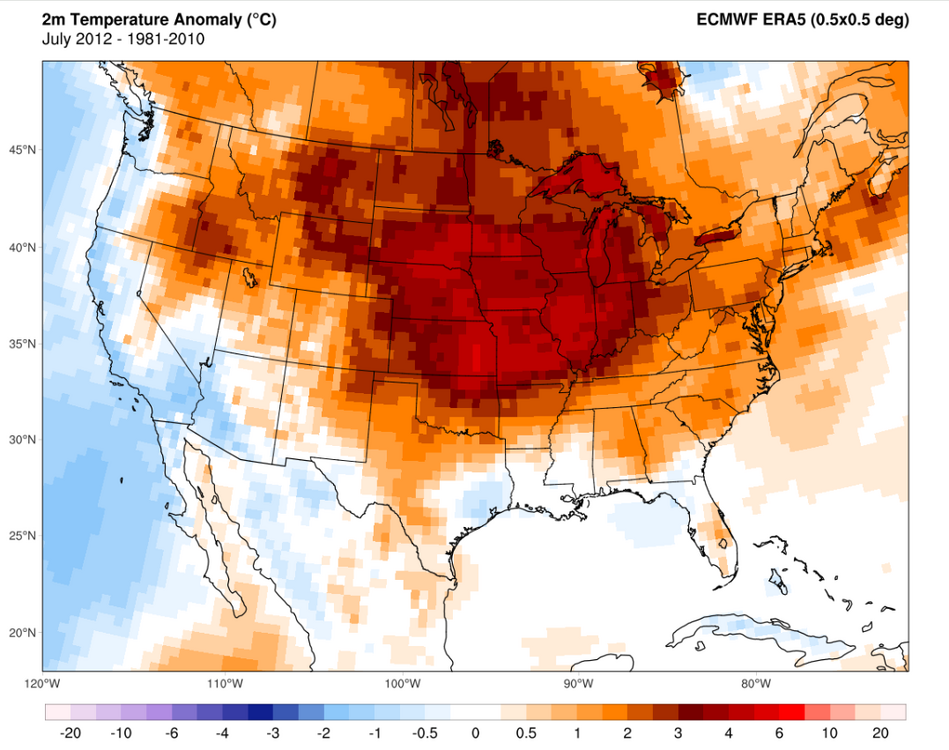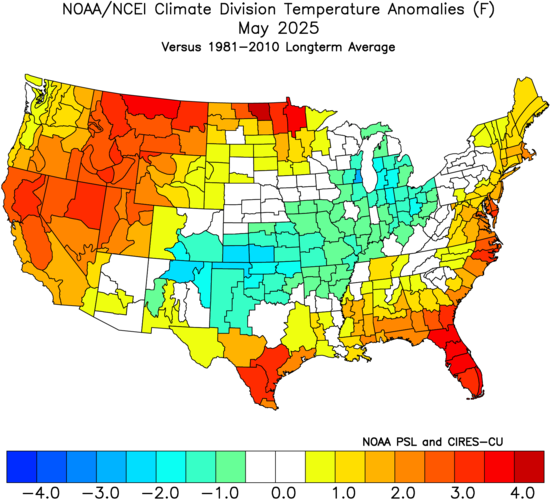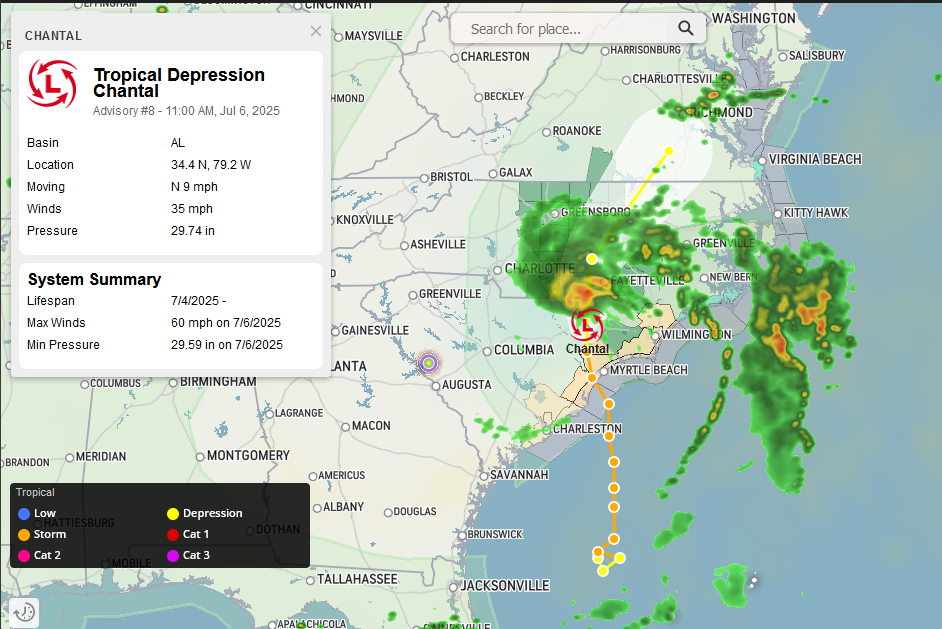All Activity
- Past hour
-
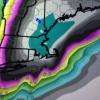
2025-2026 ENSO
40/70 Benchmark replied to 40/70 Benchmark's topic in Weather Forecasting and Discussion
Seasonal models are never going to accurately depict any anomaly of that magnitude, though....and obviously all of the higher magnitude anomalies have been warm over the past decade, so that is going to cause a cold bias. Go back to the fall of 2014 and show me a seasonal that nailed that anomaly..... -

July 2025 Discussion-OBS - seasonable summer variability
LibertyBell replied to wdrag's topic in New York City Metro
I'd be willing to hazard a guess that the allergies were much lower back then too. I actually didn't have the kind of allergies I have now back in the 80s and 90s. Maybe for a brief period (like one or two weeks) in the spring. Now it's 6 months out of the year. By the way, I'm shocked the wind speed record is over 50 years old, you'd think that either Sandy or the December 1992 noreaster would hold that record. -
That's why I like the Cansips...it can be used to argue both sides pretty convincingly! But seriously, as I said in my last post, I think seasonal model trends for a future season, and not a 1 month forecast, are worth following.
-

July 2025 Discussion-OBS - seasonable summer variability
LibertyBell replied to wdrag's topic in New York City Metro
the elevation is necessary to get above the shadows of the surrounding buildings. -

July 2025 Discussion-OBS - seasonable summer variability
LibertyBell replied to wdrag's topic in New York City Metro
Yep, as I thought, today is the last good day we will have for awhile, at least the weekend pattern has been changed. -

July 2025 Discussion-OBS - seasonable summer variability
LibertyBell replied to wdrag's topic in New York City Metro
mostly cloudy with scattered heavy showers is a wash out to me. -

July 2025 Discussion-OBS - seasonable summer variability
LibertyBell replied to wdrag's topic in New York City Metro
But much more representative of the concrete jungle urban conditions present in the city. -

July 2025 Obs/Disco ... possible historic month for heat
ineedsnow replied to Typhoon Tip's topic in New England
86/65 2 weeks to go until we hit our highest averages then we start going back down -
Don't worry. Where we're going, the '30s-'50s dryland heat waves will look like a walk in the park. 2012 was the early warning shot. (Take the following as an example of *what could happen*):
-
To be fair, our really warm winters like 22-23 and 23-24 weren’t forecast to be that warm. The seasonal models had a pretty extensive cold bias for both those winters. The seasonal forecasts for years like 15-16, 16-17, and 19-20 were also much cooler than the record warmth which verified. I believe from memory that the 01-02 and 11-12 seasonal model forecasts missed the warmth also. So most of the time as the winters have been warming these seasonal forecasts have been too cold. Last October I was pointing out the colder La Niña mismatch potential that some of the seasonal models could have been missing. So I wasn’t surprised at the colder pattern last January than some of the seasonals had many months in advance.
-
July 2025 Discussion-OBS - seasonable summer variability
golfer67 replied to wdrag's topic in New York City Metro
Are we talking complete washouts Thursday through the weekend or mostly cloudy days with scattered heavy showers in spots? 3 day member/guest tournament starts Thursday and really hoping we don't get washed out. -

July 2025 Obs/Disco ... possible historic month for heat
rimetree replied to Typhoon Tip's topic in New England
90/75 -
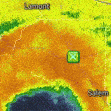
July 2025 Obs/Disco ... possible historic month for heat
WxWatcher007 replied to Typhoon Tip's topic in New England
Yeah that’s not how tropical works. -
Hey Mitch, I’m confident that you realize that a model bias in whatever direction doesn’t mean it’s almost never going to miss in the opposite direction. A typical model bias could be something like verifying consistent with the bias 65% of the time while verifying the opposing way 20% of the time and being close 15% of the time. For example, the April 30th CANSIPS forecast for May was actually too warm, especially in Midwest/OH Valley/NE (though a bit too cool E VA S to FL): 4/30/25 CANSIPS for May ‘25 (in C vs 1981-2010): Actual May ‘25 (in F) vs 1981-2010: But the 2/28/25 CANSIPS verified as being significantly too cold for Mar ‘25 vs the reality of a very warm month. It was mainly warmer than normal but not nearly warm enough in most of the E US. Whereas CANSIPS was much too warm in Jan and too warm in Feb, it was much too cold in Dec.
-
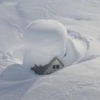
July 2025 Obs/Disco ... possible historic month for heat
powderfreak replied to Typhoon Tip's topic in New England
It got hot in a hurry. From a min of 59F and temps in the low-60s with dews in the 50s waking up this morning, doors and windows open, nice and cool… to now mini-splits back on AC and 84/70. Felt like it happened real fast. -
Seasonal models by definition are intended for periods beyond 1 month, which is why I consider weeklies as being more accurate for 1 month, though flawed too as we know. But that's why I look at forecast trends in the seasonal models as a whole as a better method than taking the forecasts at face value.
-

2025-2026 ENSO
40/70 Benchmark replied to 40/70 Benchmark's topic in Weather Forecasting and Discussion
I seem to remember the CANSIPS being pretty consistent with showing a colder look last season...maybe I'm wrong. Anyway, I don't argue the inaccuracy of climate models at 6 month leads....I just posted it because I thought that the consensus was interesting. -
The one particular month shows the greater bias of being too cold in the Northeast which is the same as the collection of all the months averaged out we have been discussing. Seasonal models beyond a month out are usually a crapshoot even when looking at the 500mb forecasts and not taking into account the general temperature biases for said patterns. The last time one of these seasonal models had a great winter forecast in October and verified close to having a great actual winter was the JMA winter 13-14 forecast with the wall of Pacific blocking which verified.
-
Agreed, but you know as well as I do you'd never would have posted first! Lol
-

2025-2026 ENSO
40/70 Benchmark replied to 40/70 Benchmark's topic in Weather Forecasting and Discussion
If it were a wall-to-wall inferno and I posted it, do you think snowman would have posted a giggling emoji and called me Bluewave? He simply would have liked the post and perhaps made a passing comment about the IOD coupling with La Niña as added support. -
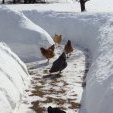
July 2025 Obs/Disco ... possible historic month for heat
dendrite replied to Typhoon Tip's topic in New England
Cranky with the “if a tree falls in the forest and no one is there to hear it, does it make a noise?” philosophy. -
I didn't want to say it, but thought the same thing.
-

2025-2026 ENSO
40/70 Benchmark replied to 40/70 Benchmark's topic in Weather Forecasting and Discussion
How did I know posting the seasonal consensus would spark a debate because it isn't a blow torch. -
Ok, we're back to the 1 particular month issue again, so you'd have to do some kind of compilation of comparing 1 month forecasts verifications. But I've always considered the Cansips a seasonal model even though it forecast period begins at 1 month. For purposes of this discussion, I'm looking for forecast trends in modeling for 6 months out. And as I said, Cfs2 and Euro seasonal show similar trends in areas of at or BN as the Cansips.




